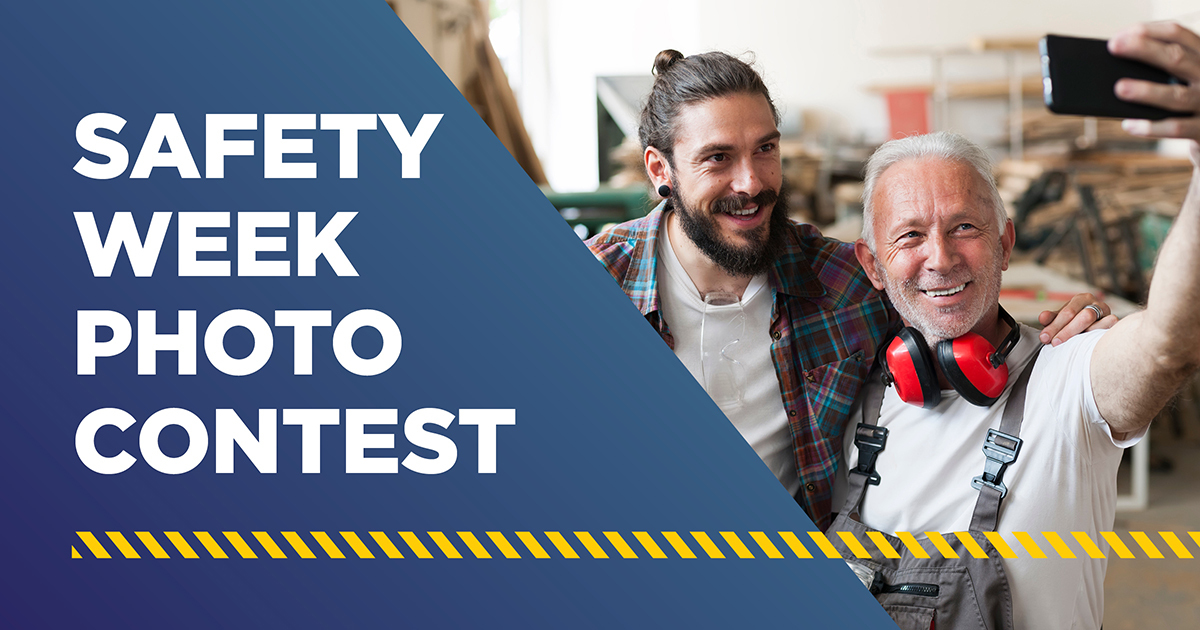Emergency Preparedness
Make sure everyone in your home knows what to do in an emergency situation and that you have an emergency kit to sustain your family for at least 72 hours.
Preventing the Spread of Illness
With everyone home for the Holidays, illnesses can easily spread through your family.
Reduce the risks by washing your hands frequently, using a tissue or coughing and sneezing into your arm, cleaning and sanitizing children’s play surfaces and toys, avoiding touching your eyes, nose or mouth, and avoiding sharing cups, glasses, dishes or cutlery.
Fireplace Safety
There’s nothing quite as cozy as a fireplace! Stay cozy and safe by keeping fireplace safety in mind.
Always use a screen in front of the fireplace to protect against flying sparks and don’t leave the fire unattended. Never use gasoline or any other flammable liquids to start a fire, use only small quantities of seasoned and dried wood and remove ashes regularly.
Space Heater Safety
Give space heaters space!
If you are using space heaters, remember to keep them at least one metre away from anything that can burn such as curtains, upholstery or holiday decorations. Turn off the space heater before going out or going to bed.
Carbon Monoxide Detector
Make sure you have working carbon monoxide alarms. Carbon monoxide is an invisible, odourless, dangerous gas. Replace any carbon monoxide alarms over seven years old.
You can help prevent carbon monoxide with good maintenance of fuel-burning appliances.
It comes from from car exhaust, furnaces, water heaters, fireplaces, and appliances or equipment that burn solid (wood, charcoal), liquid (gasoline, oil) or gaseous (propane, natural gas) fuels.
If your detector sounds and you have an obvious source of carbon monoxide, evacuate the house, including pets. If anyone is suffering from flulike symptoms, call 911. You can also remove or turn off the carbon monoxide source and ventilate the house. Reset the alarm and re-occupy the house only after the alarm ceases.
Cold Weather Safety
Manitoba’s low temperatures call for planning ahead and dressing for the weather.
Dress in layers, with a wind-resistant outer layer, wear a hat, mittens or insulated gloves, and a scarf, neck-warmer or facemask. Wear warm and waterproof footwear.
When it is very cold, or when the wind chill is significant, cover as much exposed skin as possible. Your body’s extremities, such as the ears, nose, fingers and toes lose heat the fastest.




